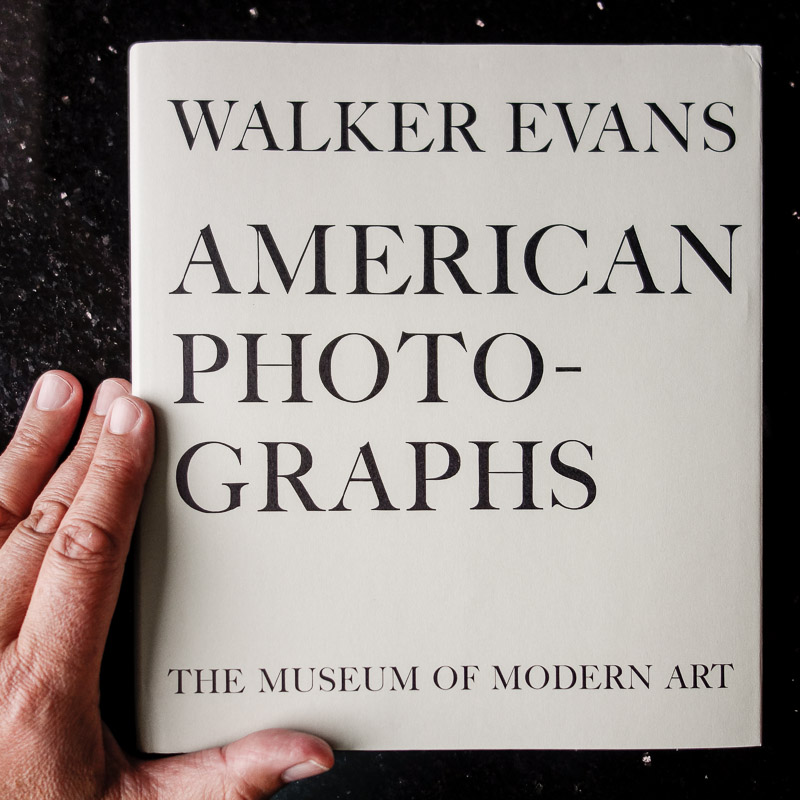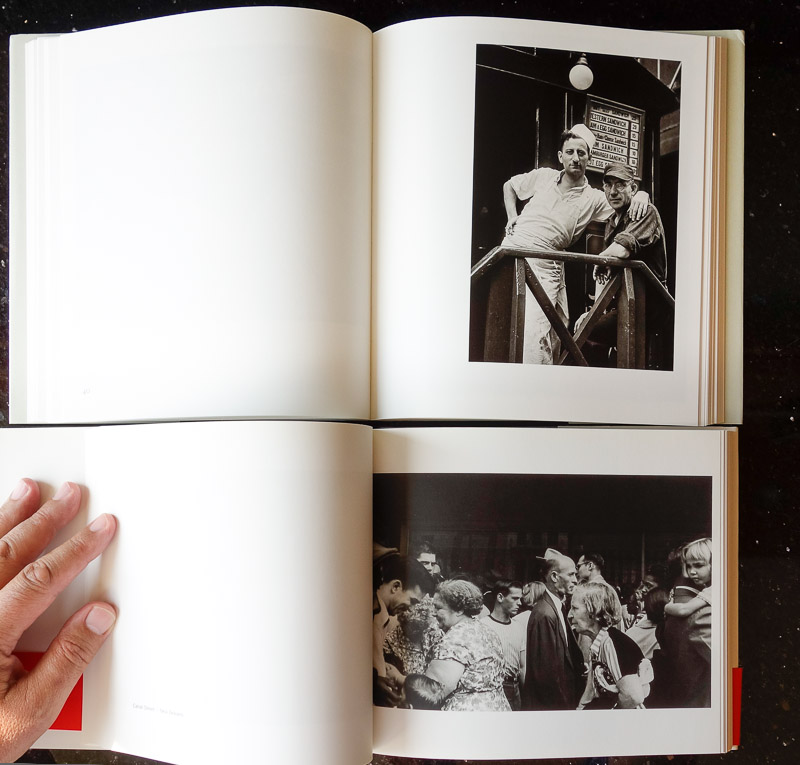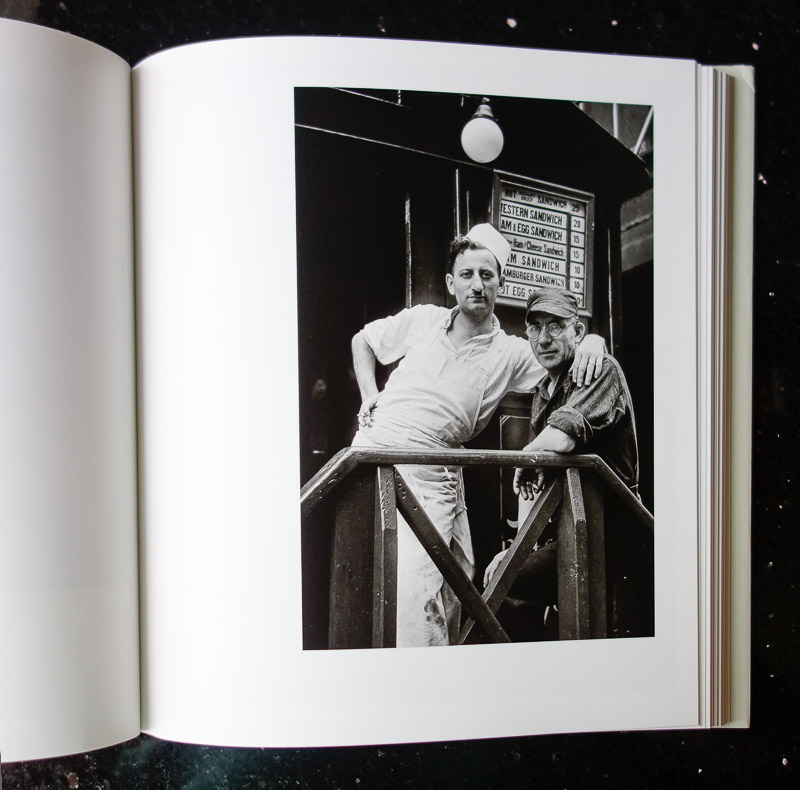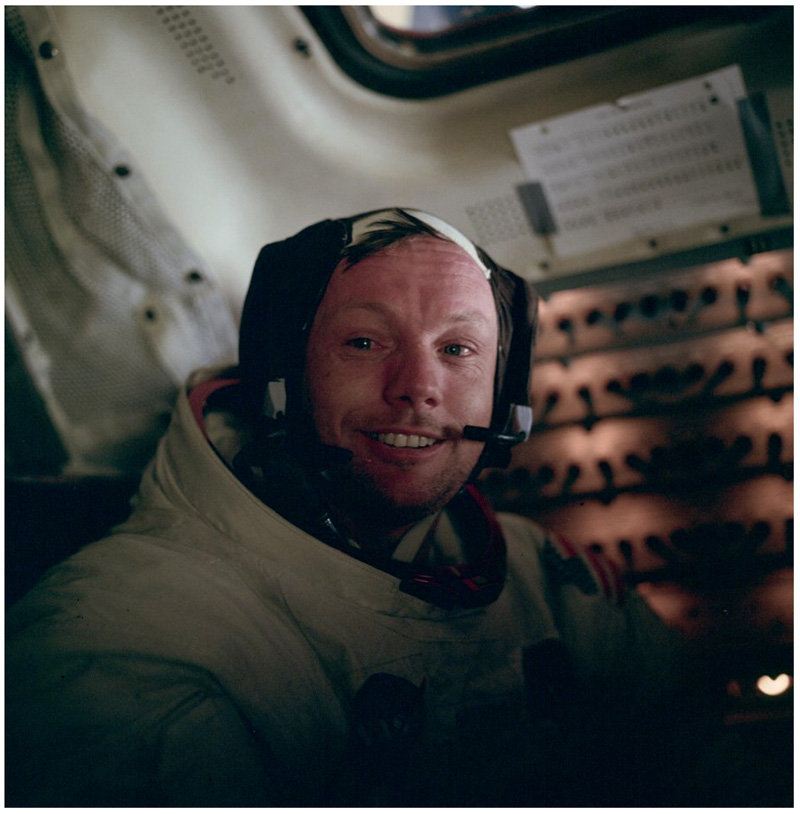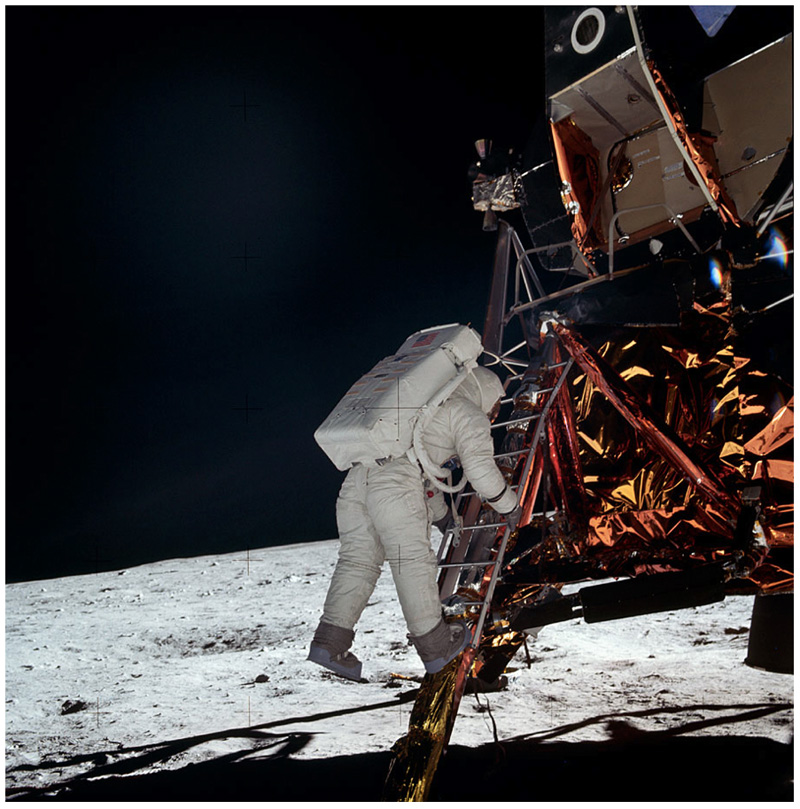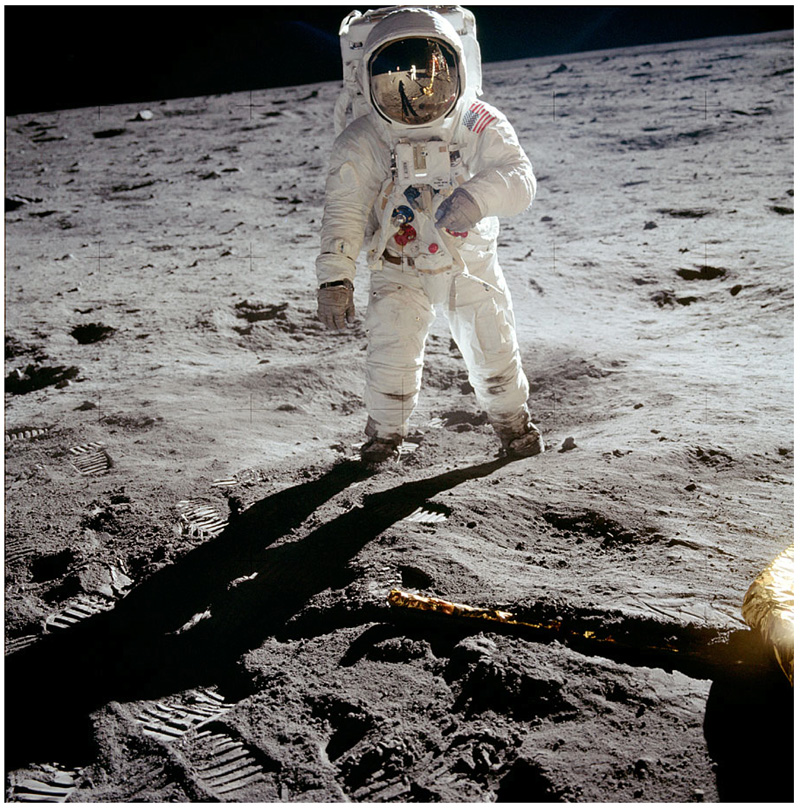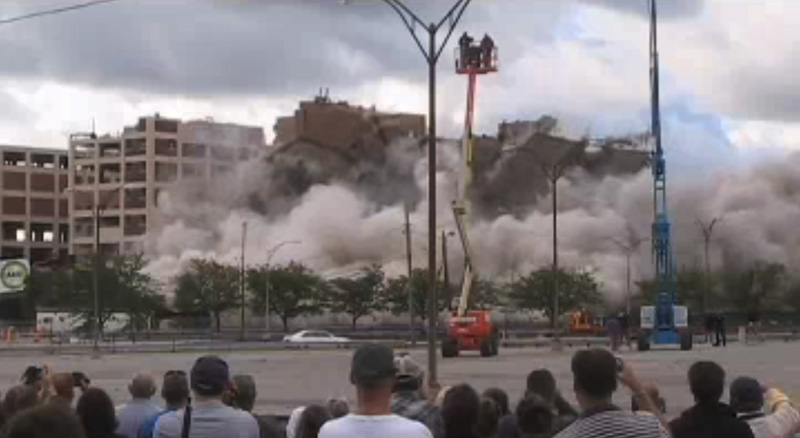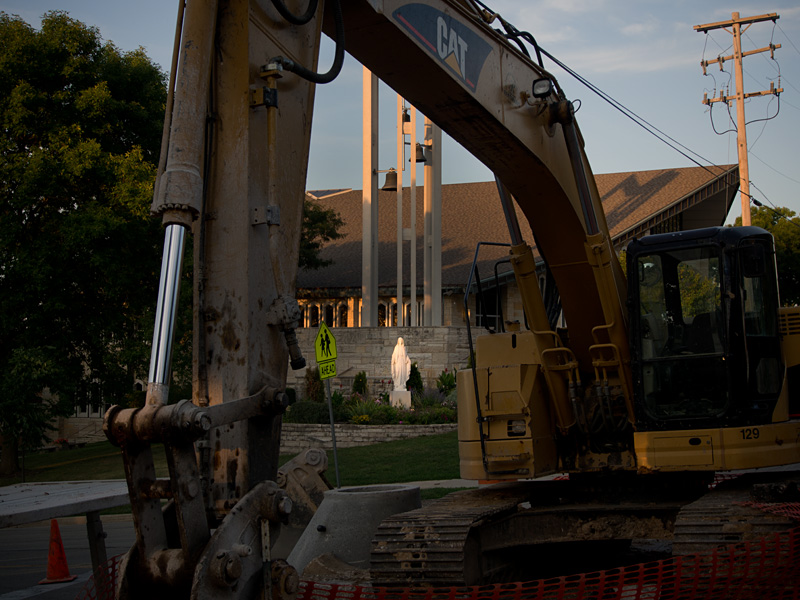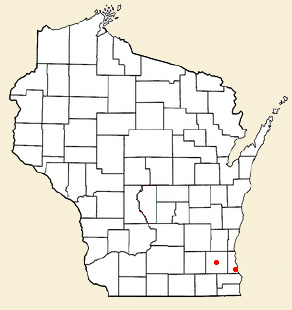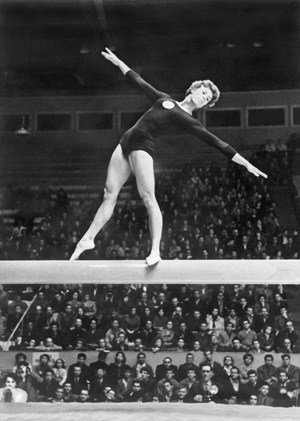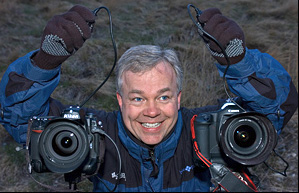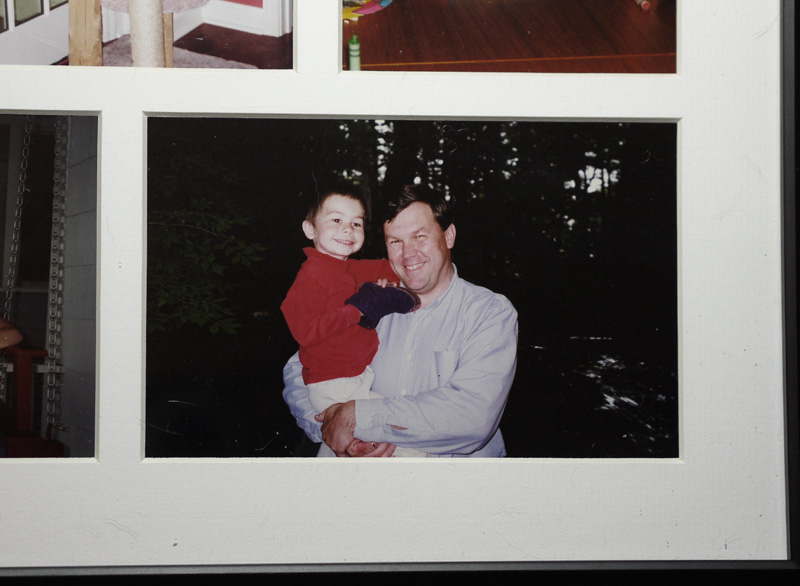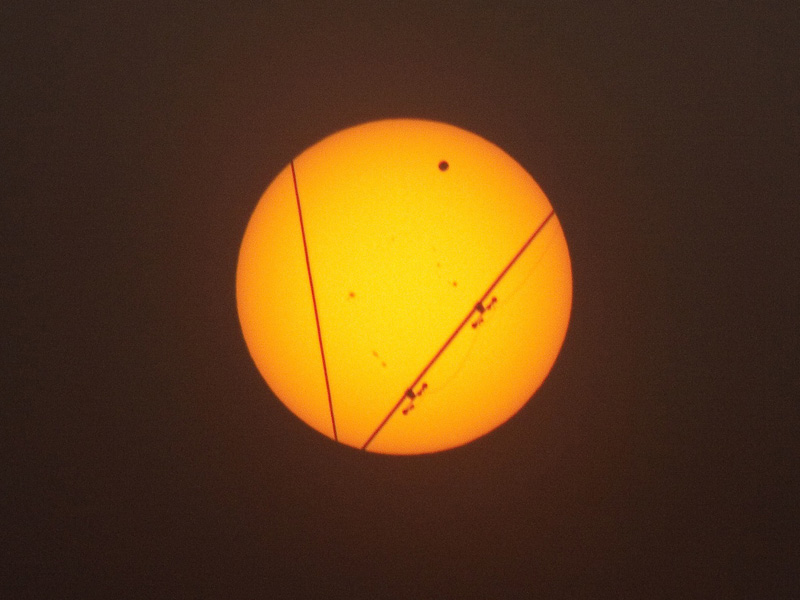In a comparison test in front of a blind panel of film experts that included "Godfather" director Francis Ford Coppola, the lowly Panasonic GH2 came out on top—besting a battery of expensive bespoke movie cameras that included the Sony F65, Red Epic, Canon C300 and Arri Alexa.
The occasion was Zacuto's "Revenge of the Great Camera Shootout 2012." As the EOSHD blog concluded, "For digital theatre screenings in 2k or 1080p, extremely high end cameras simply don’t look that much different to the lower end ones. It is therefore the lighting and the skill behind the camera that makes a larger percentage of the difference."
One interesting lesson that might translate to still photography was that DPs shouldn't try to show off their cameras' dynamic range: "More dynamic range does not always make for a better looking image. It is there to give you more choices in post."
Read more here (there are further links at the end of that one if you want more still).
Mike
Send this post to a friend
Please help support TOP by patronizing our sponsors B&H Photo and Amazon
Note: Links in this post may be to our affiliates; sales through affiliate links may benefit this site. More...
Original contents copyright 2012 by Michael C. Johnston and/or the bylined author. All Rights Reserved.
Featured Comment by Harry Lime: "Uh, no.
"There is a very big difference between making a single shot look good and shooting an entire movie.
"Unless you are on a shoe string indie budget, no one in their right mind would go out and shoot an entire movie with a GH2, certainly not a real professional. It's like saying that professional photographers don't need high-end DSLR cameras, because someone with enough talent managed to produce a good looking photo spread with an iPhone.
"They're pushing an extremely dangerous position. We in the movie business have been battling this position since in the 1990s, when technically ignorant producers and executives suddenly thought that we could dump film and shoot everything on miniDV, because, according to a few DV evangelists, the technology was just as good. Now we are facing the same problem with DSLR cameras.
"Also, the GH2 did not beat out the high-end cameras. The final tally listed the usual high-end suspects, namely the Arri Alexa, F65 etc. What people were mainly impressed with what the talent of the GH2 team.
"There are many technical limitations to the footage generated by a DSLR camera. It is highly compressed and therefore unusable for visual effects work and the amount of color grading that can be performed is limited. There are issues with rolling shutter, which can turn your footage to jello if you induce fast camera motion or try to shoot objects like propellor blades. Shooting strobe lights like on a police car or gunfire can be a problem. There are aliasing issue and limited dynamic range.
"If you are an indie film maker with no budget, then you will find a way to work around those limitations to get your project shot. But a DSLR is not a replacement for a professional digital cinema camera.
"Francis Ford Coppola is a director, not a cinematographer. Big difference.
The big mistake the FS100, F3 and C300 team made on this shoot was to try and show off the dynamic range of the cameras. More dynamic range does not always make for a better looking image. It is there to give you more choices in post—'Do I save the highlights here, and bring up the shadows there?'
"If your camera did not have the dynamic range to capture the contrast range of the scene in the first place, then no amount of fiddling in post is going to recover shadow or highlight detail. Is this person being serious? This has to be a statement born out of sheer ignorance of the fundamental mechanics of photographic technique.
"Would anyone here shoot a movie on slide film instead of negative, unless you were after a very specific look? JPEG instead of Raw? It's not just an issue of post processing. It's a fundamental issue of exposure.
"Less dynamic range means that you need to pump large amount of fill light in to a scene to compress the contrast range. So, you need more lights, more power, more grips to set up the lights etc. all of which adds up to spending more time and money.
"As an example; what are you going to do if you are shooting on location? Let's say in the blazing sun of the desert? Are you going to drag around a 350 amp carbon arc to fill in the shadows, like they did on 'Lawrence of Arabia'? An HMI light of that size is huge and so is the generator needed to power it. So, if you are doing a tracking shot in the desert you are going to have to lay two tracks. One for the camera and one for the fill light.
"How about shooting inside of a car? The less dynamic range your camera has, the more fill light you are going to have to pump in to the interior of the car, so you don't blow out the exterior.
"For the record: I own a Sony F3 and a DSLR. They are not the same. I also own two 35mm movie cameras that shoot film. I've been in the movie business for 20 years, working in visual effects and high-end image processing. I've been an avid still photographer for longer than that, shooting both film and digital. I am a working professional."
Featured Comment by Moose: "I have a friend who was for many years a professional videographer and is now a tenured professor teaching video at a State university in the Midwest. He has a GH2 and has and/or uses various pro equipment. He says that the only major limitations of cameras like the GH2 are audio, which needs separate recording for pro quality (harking back to the days of sound sync from a clapper) and excessive compression of the video, which he sees in color inaccuracies. He assumes the compression will get better with new models as write speeds (and sizes?) of storage media improve."
Featured Comment by Richard: "It is amazing that not only the GH2 but also the iPhone were included with this bunch of high-end cameras. Even though I chose the GH2 in the blind test—I think my familiarity and use of DSLRs probably swayed my preferences—it should be noted how much more work was needed on the GH2 in post over the other cameras. In a full length feature and using top colorists and graders the extra cost would soon catch up to the price tags of the other cameras. However it is now a reality that one skilled individual can make a Hollywood-quality film from start to finish and that is pretty amazing."
Featured Comment by Ahem: "I picked B, C and F. So did Mr Coppola. Thought that needed to be said. The take-home point for me is that any camera from GH2 to an Alexa can take great pictures. This levels the playing field. The cinematic revolution is at hand, the one we photographers experienced in the past ten or so years. I just hope it also means story in cinema will become more important than it is today. Looking at what has happened with photography and the amount of endless pixel peeping, I'm not holding my breath, though."
Featured Comment by Craig Arnold: "My wife edits movies. On a recent shoot in India, the 2nd and 3rd units were shooting a lot with DSLRs. The 1st unit used Arrie exclusively. The footage from the DSLRs was almost unusable by comparison: the color and DR wasn't there, and focus (and these are professional crews) was too often off. And it was a complete pig to grade in post. In the end the only shots from the DSLRs that made it into the movie were a few grab shots here and there. Probably 30s in a 2hr movie. There is a reason it costs as much to hire an Arrie for a day as it does to buy a Canon 7D outright. But, that's not to say the little cameras aren't amazing achievements. Just that at any given level of tech, $70,000 is going to buy you more than $1,000."
Featured Comment by Jim: "I've followed the whole camera shootout from the beginning, and I just don't think there is any real world validity to it. Seems more of a stunt to me.
"I quickly learned when I started shooting video with DSLRs after shooting for years with them professionally in still photography, that shooting video with them cripples a DSLR in many ways. It reduces a 21mp camera to 2mp, 16 bit workflow to 8, Raw to JPEG. The CMOS sensors turn fast action to jello. The relatively large sensors of DSLRs do get you that prized-by-many super shallow DOF, but force you to hang magnifiers and 7-inch monitors and follow-focus devices off your once-small camera. And to get quality audio, you are forced to shoot a dual system, which means hanging a digital recorder and some kind of mixer or audio interface off your rig. Well, anyone that has spent any time shooting video with DSLRs know the issues.
"I'll qualify the above by saying that I love shooting video with DSLRs. Handled carefully and post-processed by someone who knows what they are doing, they can yield remarkable video on a high def TV. But they sure aren't an Alexa or F65, which this shootout hobbled to a great extent.
"With the rapid progress of photographic technology, I have no doubt we will eventually be able to hold 4K movie making machines in the palm of our hands. But, we aren't there yet."
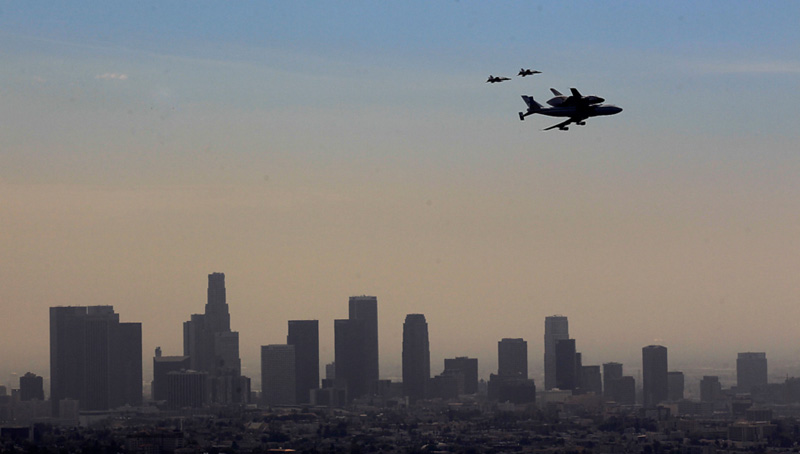 Photo by Brian van der Brug / L.A. Times
Photo by Brian van der Brug / L.A. Times